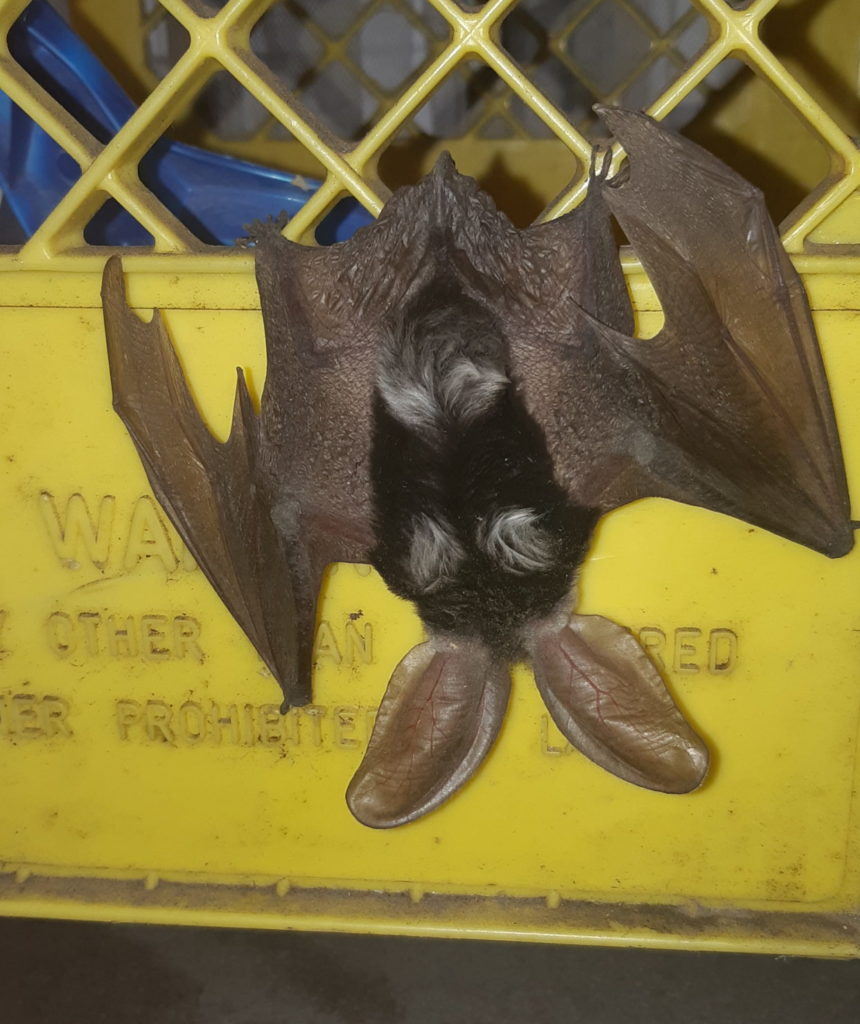Extreme Weather Effects on Wildlife
Posted August 1, 2023 by Lauren, Education Coordinator
Climate change is one of the biggest threats facing wildlife worldwide. It is happening twice as fast than the global average in Canada. Studies show that climate change leads to longer heat waves, stronger hurricanes, increased wildfire risk along with a longer wildfire season. It is predicted that there will be more droughts, heavier rain events and severe cold spells. The more gradual warming of our climate combined with these extreme weather events are endangering wildlife and the habitats they live in.
Mac Pearsall, assistant manager of Wildlife Rescue’s hospital says, “although heat waves and weather events have always happened, it is the severity and frequency that they are occurring at now that is the cause for concern.”
Here are some of the effects extreme weather events have on wildlife in BC.
- Heatwaves: During heatwaves, the temperature rises much higher than normal. This extreme heat can lead to dehydration and heat stress in animals. Jackie McQuillan, Manager of Wildlife Rescue’s Support Centre explains “We are seeing a rise in heat-impacted animals. This was never something that was on our radar a couple of decades ago. Now we see it every summer. We get many calls about baby gulls overheating on rooftops, baby bats ejecting from colonies and many other animals struggling to find water and shade during extreme heat events.” Animals may struggle to find water or find enough to eat as plants dry up. Heatwaves can also cause wildfires. Wildfires can kill animals directly, or indirectly. Wildfires destroy habitats, force animals to flee which puts them in danger. Fleeing animals are forced to compete for fewer resources and are at greater risk of predation or conflict with humans.
- Changing Migration Patterns: Migratory species have had their patterns disrupted and rerouted due to extreme weather events and unusually mild winters. Bird migration patterns have been moving north in recent decades, climate change may be accelerating this process leaving birds vulnerable to the extreme temperatures in new locations.
- Changing Seasons: Spring is starting earlier which can lead to changes in food availability for wildlife and cause devastating imbalances in the ecosystem. An early spring can trigger hibernating animals to wake up too soon. These animals can face starvation if they are unable to find food during a period when they would normally be dormant. Droughts and extreme heat during the summer can also impact hibernating animals as they are unable to store up enough fat.
- Loss of Habitat: Extreme weather events like wildfires can destroy large areas of habitat. As habitats shrink and animals move to avoid extreme weather events, their populations become fragmented. If a population is separated it becomes very difficult for those animals to recover and thrive.
- Invasive Species: Warmer temperatures can benefit invasive species, as their numbers increase, and range expands it becomes easier for invasives to overtake native species. Invasive species outcompete native species for already scarce resources like homes, food, and water.

Extreme weather events are the most visible impact of climate change and at Wildlife Rescue we are seeing the impact on wildlife firsthand. In the fall of 2021, a Spotted Bat was rescued and brought into care at Wildlife Rescue. This rare bat, named for the three large spots across its shoulders was a unique visitor to the lower mainland. Spotted bats can typically be found in the dry interior valleys of British Columbia. The bat was dehydrated and underweight, after 19 days of care in our hospital it was successfully released. Climate change and extreme weather events may force wildlife like this spotted bat into new unfamiliar territories. Far from their regular habitat wildlife may have trouble finding the resources they need to survive, increasing the need for our organizations like Wildlife Rescue.
Share this with friends and family:
Posted in Education
